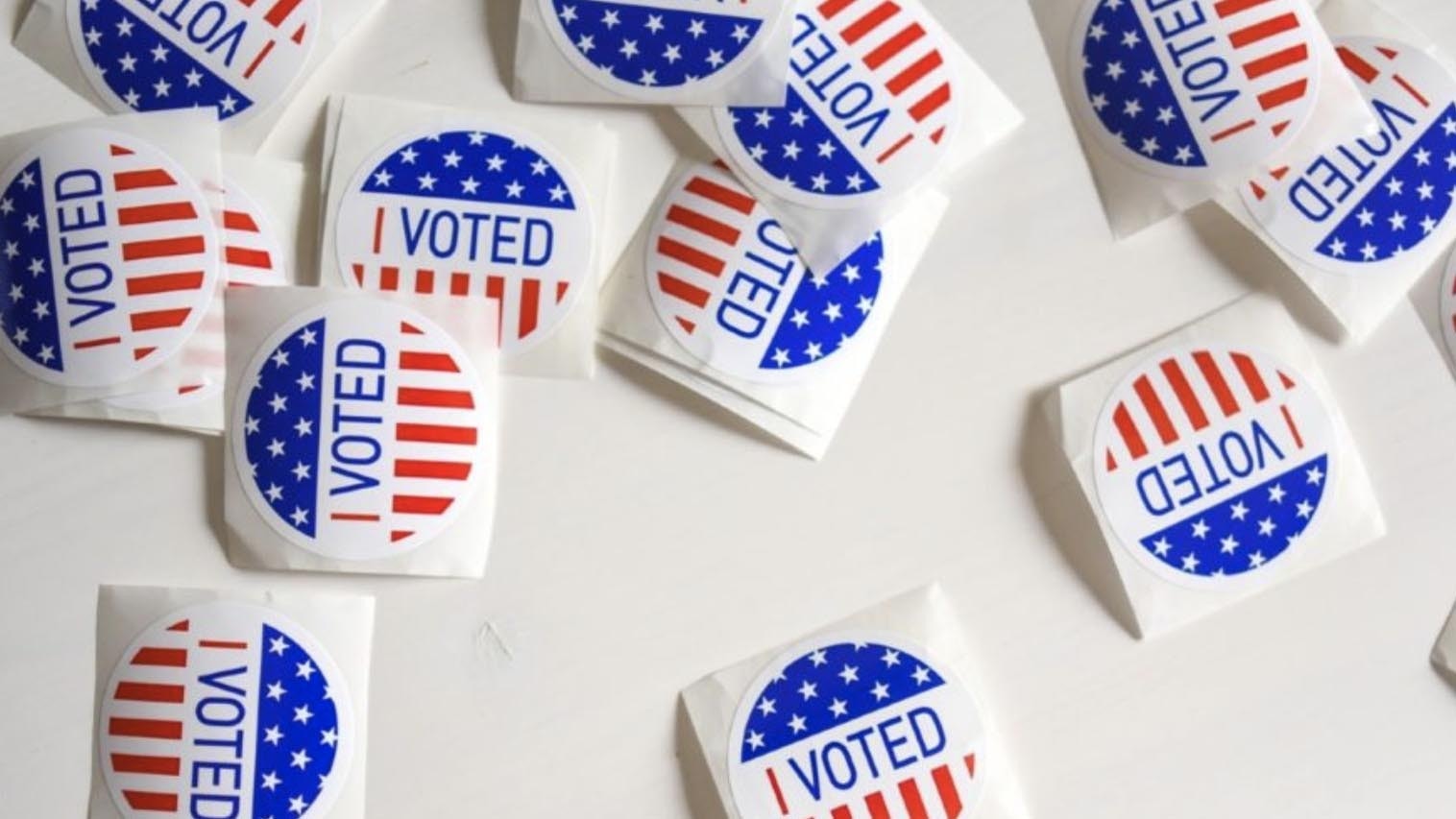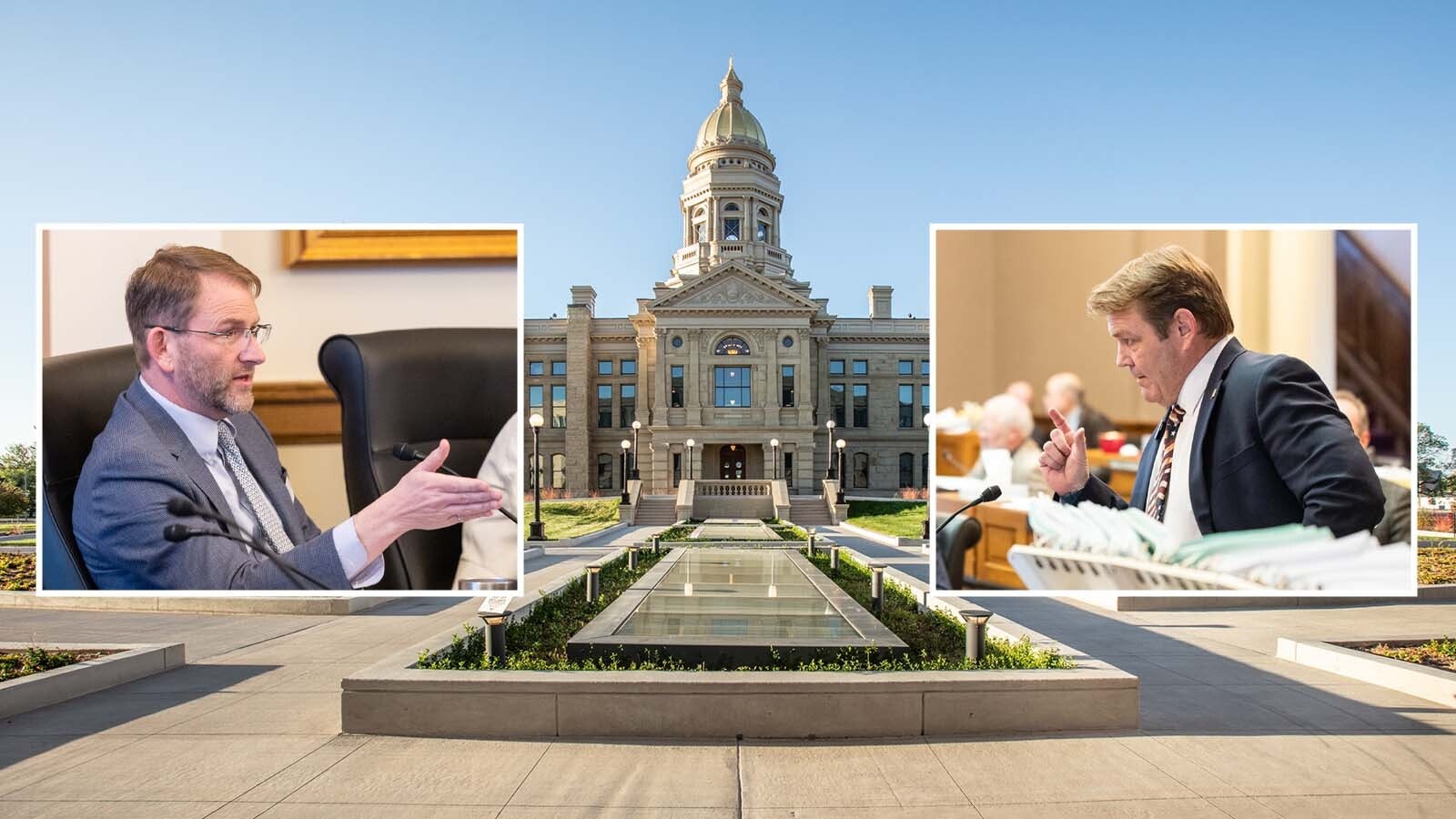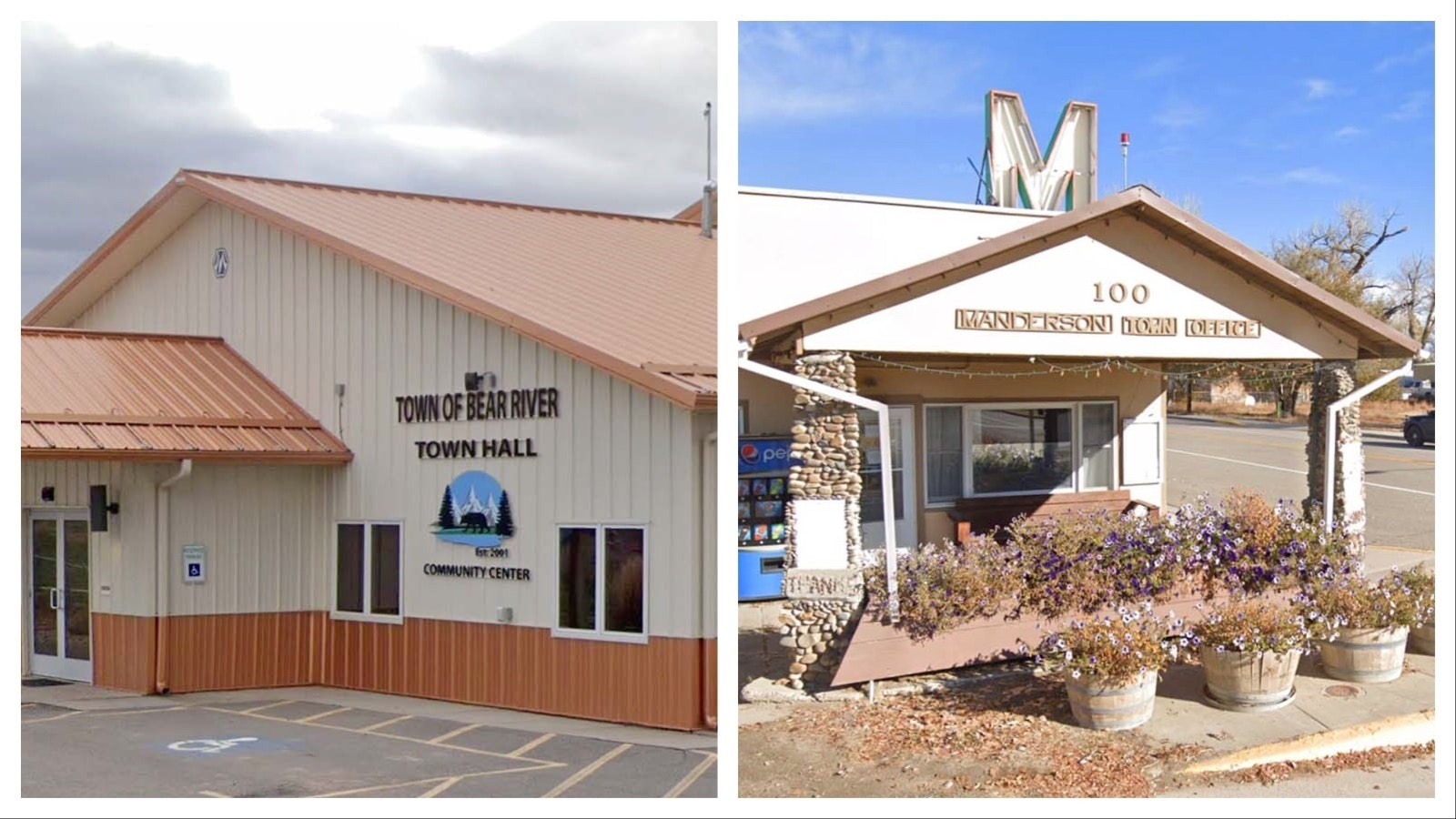A Wyoming law prohibiting campaign activities within 300 feet of a polling place on election days is unconstitutional because the “buffer zone” is unreasonably large, a federal judge has ruled.
U.S. District Judge Nancy Freudenthal, in a July 22 order, ruled in support of arguments that the law banning “electioneering” within 100 yards of a polling place is an unreasonable restriction on First Amendment rights to free speech.
“(The state and county) did not meet their burden to demonstrate that the statute’s 100-yard electioneering buffer zone is ‘reasonable and does not significantly impinge on constitutionally protected rights,’” Freudenthal’s order said.
Freudenthal also overturned a portion of the state law placing restrictions on bumper stickers placed on cars within 100 yards of polling places, but upheld the state’s ban on electioneering within 100 feet of a polling place during the state’s absentee voting period.
The ruling stems from a lawsuit filed against the state and Laramie County by John Frank and Grassfire, LLC. Frank said he wanted to display and share campaign signs, literature, bumper stickers and other materials within 100 yards of the polling place at Laramie County Community College.
Grassfire, a political consulting company, said it wanted to gather signatures on petitions within 100 feet of the Laramie County Governmental Complex during absentee voting and the 100-foot barrier in effect during those periods would prevent the company from working on the sidewalk surrounding the building.
Neither Frank nor Grassfire have taken part in electioneering activities at either location in the past.
State law prohibits activities such as displaying campaign signs, distributing campaign literature or soliciting signatures from people within 100 yards of a polling place during election days and within 100 feet of polling places when absentee votes are being cast. It allows the display of bumper stickers within those areas, but places size restrictions on the bumper stickers and allows the car carrying the stockers to be parked in the area only as long as is required for its driver to vote.
Frank and Grassfire argued the 300-foot buffer zone on election days is unreasonably large and interferes with rights to free speech.
Freudenthal cited a U.S. Supreme Court ruling that upheld similar restrictions within a 100-foot area surrounding a polling place, but agreed that 100 yards is too large.
“(The state and county) have presented no argument — and offered no evidence — to explain why the statute requires an electioneering buffer zone much larger than the regulation upheld (by the U.S. Supreme Court),” the order said.
The Legislature set the buffer zone during absentee voting at 100 feet, Freudenthal said.
“The record is silent as to why a different zone was selected by the Legislature for this period given that the state concedes its interests are no different,” she wrote.
Freudenthal also said there was no evidence to prove that bumper stickers should be considered part of “electioneering” efforts.
“The purpose of regulating electioneering is delineated by a state’s interest in preventing voter intimidation and election fraud,” she wrote. “Here, the court cannot see how bumper stickers on vehicles could lead to voter intimidation or election fraud.”
However, the 100-foot buffer zone for absentee voting periods is a reasonable restriction, Freudenthal ruled.
“… (No) specific arguments were presented to the court as to why the state’s interest in protecting absentee voters from confusion and undue influence should be any less than it is for election-day voters,” the opinion said.





